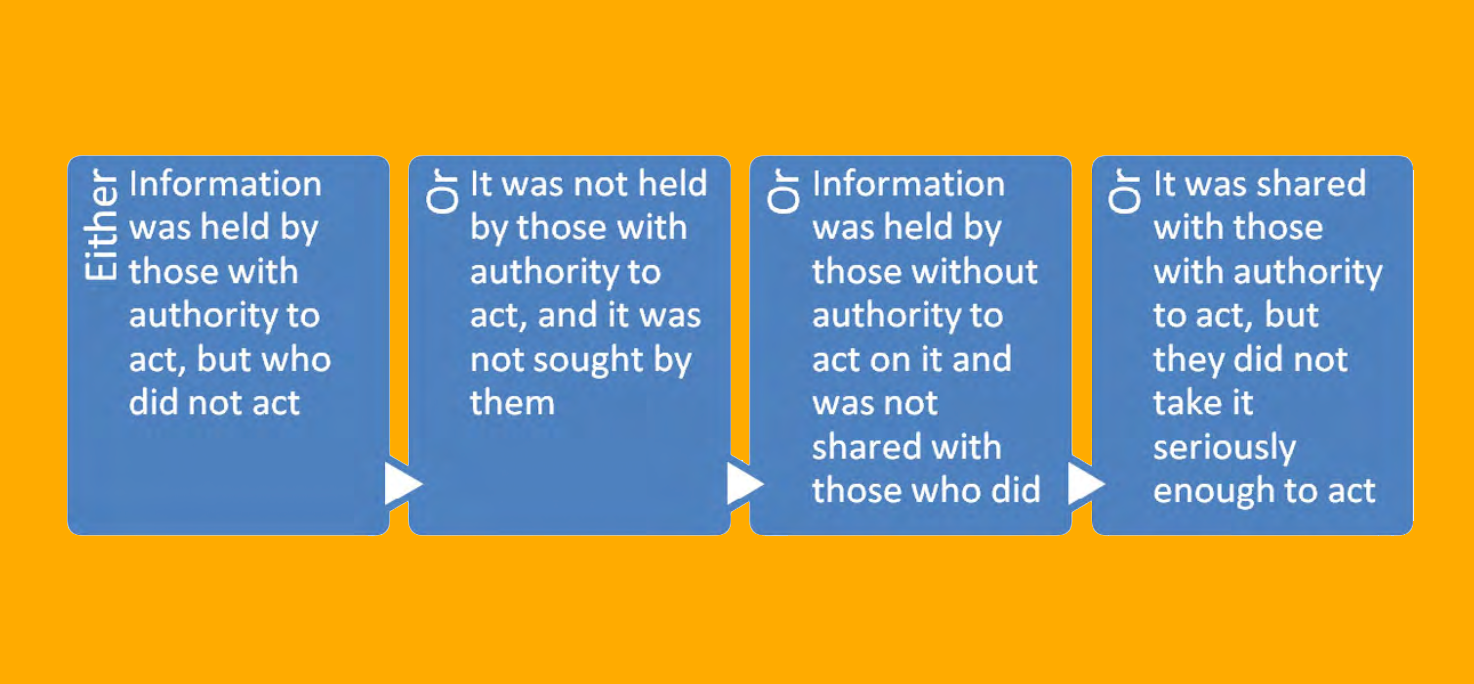
Communication is the activity or process of expressing ideas and feelings or of giving people information; “an apparent answer to the painful divisions between self and other, private and public, and inner thought and outer word.”. According to the Oxford dictionary, communication means “the activity or process of expressing ideas and feelings or giving people information” (Peters, 1999).
However, in reality, communication is not just about the transmission of information amongst people. It starts with the willingness to initiate this transmission of info.
if the transmitter of information does not believe that the information will be actred upon or that it is not wanted, it will not be passed on – motivation to communicate will not exist.
(Knowles, 2011)
In an organization, if all levels of hierarchy believe that the top management must make the decisions due to the existence of power right at the top of the ranking, the communication at lower levels will eventually stop, which results in maladjusted decision making at all levels. The transmission of information shall not be considered the escalation of decision making. But instead, the information must be taken seriously, and superiors must not suggest a decision by receiving the passed-on information.
the organizational structure alone will not ensure a free flow of information – the will to communicate must be there too. This is, therefore, a cultural issue. Everyone in the organization has the responsibility to act on, pass, seek and receive information and there is no possibility to pass the responsibility to anyone else.
(Knowles, 2011)
The organization education concerning a free and speedy course of information transmission is the “heart of empowerment.”
the organization functioning as a holistic process rather than a hierarchy based on functional power bases.
(Knowles, 2011)
The information flow and decision-making process mustn’t follow the chain of command at all times. One way to improve the transmission of the knowledge and flow of information is to avoid 1-on-1 email communications and use tools like organization-wide wikis to share meeting notes, decisions, goals, plans, policies, etc.
References
Peters, J. D. (1999). Speaking into the air: A history of the idea of communication. Chicago: University of Chicago Press.
Knowles, G. (2011). Quality Management. Graeme Knowles & Ventus Publishing APS, USA.


Leave a Reply